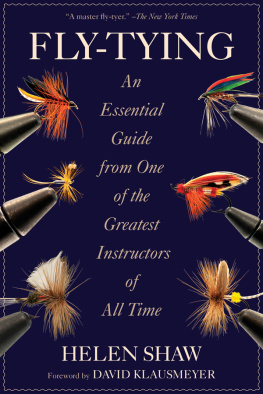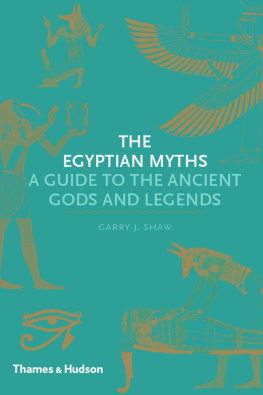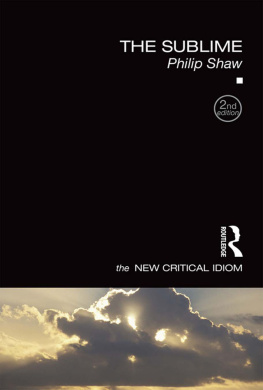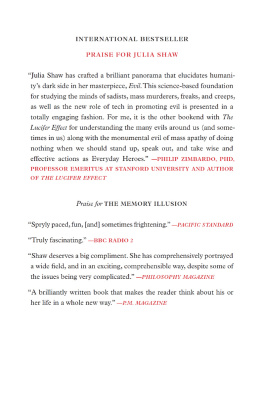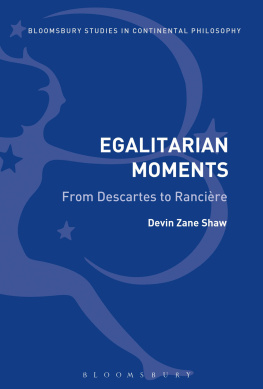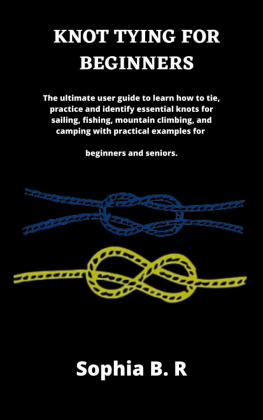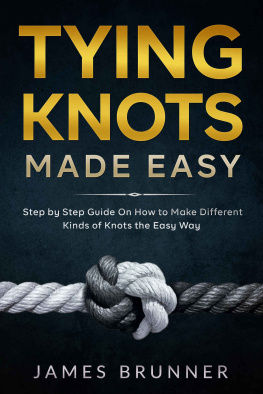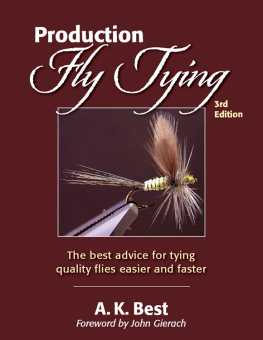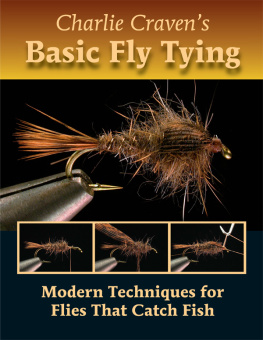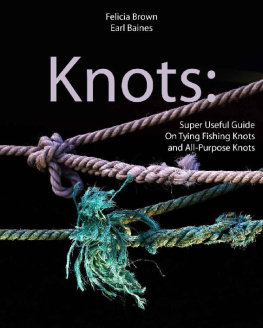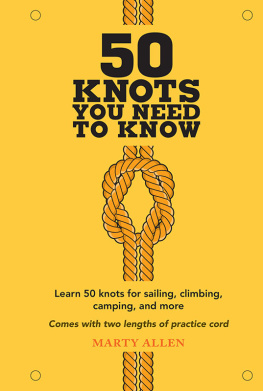Sincere thanks to Yoshi Akiyama and the American Museum of Fly Fishing in Manchester, Vermont, for providing the photographs placed at the center of this edition.
Copyright 1979, 1987 by Helen Shaw
This edition 2014 by Nick Lyons, successor
Foreword 2014 by David Klausmeyer
All Rights Reserved. No part of this book may be reproduced in any manner without the express written consent of the publisher, except in the case of brief excerpts in critical reviews or articles. All inquiries should be addressed to Skyhorse Publishing, 307 West 36th Street, 11th Floor, New York, NY 10018.
Skyhorse Publishing books may be purchased in bulk at special discounts for sales promotion, corporate gifts, fund-raising, or educational purposes. Special editions can also be created to specifications. For details, contact the Special Sales Department, Skyhorse Publishing, 307 West 36th Street, 11th Floor, New York, NY 10018 or .
Skyhorse and Skyhorse Publishing are registered trademarks of Skyhorse Publishing, Inc., a Delaware corporation.
www.skyhorsepublishing.com
10 9 8 7 6 5 4 3 2 1
Library of Congress Cataloging-in-Publication Data is available on file.
ISBN: 978-1-62914-180-0
eISBN: 978-1-62914-310-1
Printed in China
Contents
Photographic Sequences
Metric Equivalents
1 inch = 2.54 centimeters
12 inches = 0.3048 meters
1 ounce = 28.35 grams
Foreword to the 2014 Edition
We all enjoy learning about the latest flies and tying methods, but regardless of our desire to discover whats new, we must remember that when we tie flies, we stand on the shoulders of those who came before us.
After several centuries, tying flies still requires hooks and thread and a collection of feathers, furs, tinselsand, today, maybe some plastic stuff. We still wrap the thread around the hooks and apply our materials in a thoughtful way to create flies we think will catch fish. Theres nothing new about this.
If you visit many waters or fly shops, theres little argument that far more men than women enjoy fly fishing. Curiously, the impact of women on the sport outweighs their small number, and they have always been at the vanguard of what is fresh and exciting in fishing and tying. Many of their contributions have become timeless.
In 1496, Dame Juiliana Berners published A Treatyse of Fysshynge wyth an Angle, which is generally accepted as the earliest volume dedicated to sport fishing. In her book, Dame Juiliana describes a collection of flies that would catch fish today, and anglers are still curious about her and those patterns. And in 1892, Mary Orvis Marbury published an extensive collection of letters and illustrations of patterns in her groundbreaking book, Favorite Flies and Their Histories. The patterns that appeared in Favorite Flies were framed and displayed at the historic Worlds Columbian Exposition in 1893. Even today, more than one hundred years after its publication, tyers pour through Favorite Flies to study the illustrations and dress the classic patterns. In more recent years, Joan Wulff, Cathy Beck, Gretchen Beatty, and Sharon E. Wright have made serious contributions to the literature on casting, fishing, and fly-tying.
Much has been written about the flies and tying methods of talented women such as Winnie and Mary Dette, Elsie Darby, and Carrie Stevens; their contributions continue to influence the way we tie flies. We should not forget that commercial fly-tying companies have always employed women to produce the patterns they sell; without these carefully constructed flies, many men would have nothing to tie to the ends of their leaders.
Helen Shaw is another talented female flyfisher who made important contributions to fly-tying. Born in Madison, Wisconsin, in 1910, her family moved to the small city of Sheboygan, on Lake Michigan, when she was a young girl. According to legend, Helen saw her first trout when she was a mere three years old. Helens father taught her how to fish, and she began tying flies when she was young; little did she know the seeds were being planted for her lifelong association with fly fishing and tying.
Art Kade, the owner of Art Kade Flycrafters, met and hired Helen to tie flies for his business in Sheboygan. The shop, located above a candy store, offered lines, leaders, fly boxes, nets, and of course, flies dressed on the premises. According to the Art Kade Flycrafters catalog, Art Kade flies are Made in America, all in our own shop. They are not production line gadgets knocked out to sell at a price but are created with the utmost care for discriminating anglers who appreciate a truly fine fly. There is a photo of Helen with Art, dated June 1942, which was taken in Kades shop. In the photo, he is examining feathers, and she, wearing a dress and what appear to be pearls, is tying a fly.
Theres a good chance that the fly-tying story of Helen Shaw would have ended therea talented, unsung tyer busily crafting flies for a regional sports shop. But sometime around 1950, Hermann Kessler, who was the art director at Field & Stream magazine, visited Wisconsin to fish. While in Milwaukee, Kessler stayed with one of Helens friends, and the two met. They married in 1953, and Helen left Wisconsin to join Hermann in New York City. Helen continued tying flies, and she quickly built a devoted clientele, especially among the members of the prestigious Anglers Club of New York. Her patterns also gained notoriety through publications such as Field & Stream.
Helen and Hermann were an obvious team: she, the talented tyer; he, a knowledgeable photographer and designer. In 1963, they collaborated to produce the groundbreaking book, Fly-Tying. At that time, there were few good sources of information about how to tie flies, and most of the fly-tying books that did exist were poorly illustrated. What Helen and Hermann did was new and exciting; they raised the standard for fly-tying instruction, and Fly-Tying made Helen Shaw a fly-fishing celebrity.
Fly-Tying is as important and useful today as it was when it first appeared more than fifty years ago. Helen lays out her method for understanding fly-tying materials and tools and shows how to tie a fly-box full of fish-catching patterns. Whether you are new to fly-tying or have been at it for many years, Helen Shaws Fly-Tying has much to offer. Read it, and you will tie better flies.
I met Helen Shaw only once. It was many years ago at a dinner at the American Museum of Fly Fishing; her husband, Hermann, played a central role in founding that institution. Helen was wonderfully kind and gracious that evening. We chatted for a few minutes, and then parteda chance but memorable meeting. Sadly, Helen passed away in 2007, but she remains one of the great ladies of fly fishing.
D AVID K LAUSMEYER N OVEMBER 2013
Preface to the 1987 Edition
When Fly-Tying appeared more than two decades ago, it was the first book on the subject to show the tyers hands at work, from the fly tyers side of the vise. The method of taking these life-size photographsseemingly through the eyes of the tyerwas conceived by Hermann Kessler, then Art Director of Field & Stream Magazine. This concept enables novice tyers to relate their hands with mine in the photographs, as they follow the simple instructions beneath each one.
So successful and logical was this presentation that since then his photographic technique has been adopted by many other authors in books and magazine articles. Clearer than drawings, this method has enabled many people to learn to bind materials to a hook (the very foundation of tying flies), as though through personal instruction. Requests for the book came from countries as widely separated as Malaysia, Australia, and Mbabane, Swaziland.

